The Effect of Physical Factors on Fecal Coliform Viability Rate in Sewage Sludge
2014 International Conference on Environmental Pollution and Public Health (EPPH 2014)——Experiments were conducted on the survival rate of fecal coliform after spreading the sewage sludge for desiccation on sludge beds on an open field throughout the year. The ambient temperature, humidity, Sunlight intensity and solar radiation were measured during the period of sludge desiccation. The maximum average temperature, sunlight intensity and solar radiation were recorded throughout the year. During May and August the minimum microbial counts were recorded after four weeks of sludge desiccation. Relative humidity did not have significant effect on survival rate. The minimum microbial counts were after four weeks of sludge drying. When the sludge was mixed with three different media, the maximum count of fecal coliform was when soil mixed with sludge and irrigated with treated sewage effluent (TSE). When soil mixed with sludge irrigated with well water, the number of fecal coliform count dropped significantly. The minimum count occurred when compost was used instead of sludge. This was a clear indication that the source of contamination was from sludge and was highly contributed by the TSE irrigation. The use of dried sludge after four weeks of treatment has the lowest fecal coliform count and is safe to be used as fertilizer for farming. Oman is located in a semi-equatorial belt with arid environmental conditions which are ideal for elimination of microbial pathogens. Thus, sludge desiccation in such environmental conditions, specifically during the hot months of the year, is perfect for such practice.
关键词: 大肠菌群 农业灌溉 物理因素 环境污染 2014 International Conference on Environmental Pollution and Public Health
主讲人:Prof. Saif Al-Bahry 机构:College of Science
时长:0:15:03 年代:2014年
热点排行
- 1 揭开土豆减肥的秘密
- 2 英语学习策略(1)
- 3 古兽重现
- 4 《图书馆与信息服务营销》先导片
- 5 Excel实战技巧精粹
- 6 恐龙绝灭与生态危机(1)
- 7 在路上
- 8 生物医学图像处理——绪言(1)


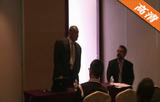
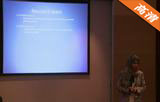
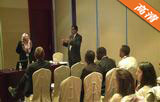

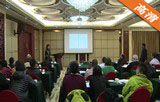
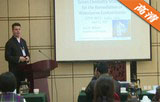
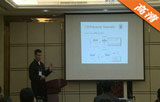
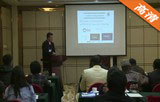
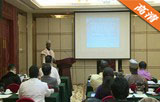


 京公网安备11010802020237号 |
京公网安备11010802020237号 |